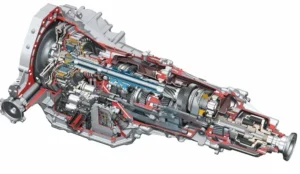Contents
hide
Transmission Repair Manual
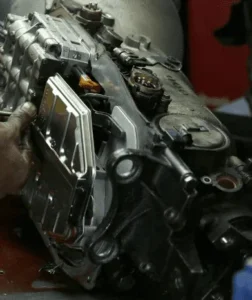
If you believe that your vehicle’s transmission requires repair, it’s important to address the issue promptly to prevent further damage and maintain the overall health of your car. Here are some general steps you can take if you suspect transmission problems:
- Diagnose the Issue:
- Symptoms: Identify any symptoms of transmission problems, such as slipping gears, delays in shifting, strange noises, fluid leaks, or warning lights on the dashboard.
- Fluid Check: Check the transmission fluid level and condition. Low or dirty transmission fluid can contribute to transmission issues.
- Check the Transmission Fluid:
- Locate the transmission fluid dipstick (refer to your owner’s manual for its location).
- Check the fluid level and color. Healthy transmission fluid is usually red or pink. If it’s dark or has a burnt smell, it may indicate a problem.
- Consult the Owner’s Manual:
- Refer to your vehicle’s owner’s manual for information about the transmission system, maintenance schedules, and any specific recommendations from the manufacturer.
- Professional Inspection:
- If you’re not familiar with transmission systems, it’s advisable to seek professional help. A qualified mechanic or a transmission specialist can perform a diagnostic check to identify the specific issues.
- Transmission Repair Options:
- Depending on the diagnosis, the repair options may include fixing specific components (such as the torque converter, clutch, or solenoids), replacing the transmission fluid, or overhauling the entire transmission.
- In some cases, a transmission rebuild or replacement might be necessary.
- Get Multiple Quotes:
- If the repair is significant, consider obtaining quotes from multiple auto repair shops or transmission specialists to ensure that you’re getting a fair estimate.
- Consider Warranty Coverage:
- Check if your vehicle is still under warranty, as transmission repairs might be covered. If your car is relatively new, contact the dealership for guidance.
- Preventive Maintenance:
- Going forward, consider following the manufacturer’s recommended maintenance schedule for the transmission to prevent future issues.
Remember, addressing transmission problems early can often save you money in the long run. If you’re not comfortable diagnosing or repairing transmission issues yourself, it’s best to consult with a professional mechanic or a transmission specialist. They can provide accurate diagnostics and recommend the appropriate course of action based on the specific problem with your vehicle.
ZF4HP14 – ZF4HP18 Transmission 4speed FWD

Freewheel automatic transmission book index ATSG

Hydra-Matic 4L40-E and 5L40-E workshop manual
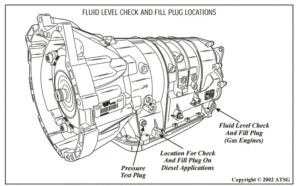
Ford F-150 Transmission Service Manual 4R70E / 4R75E 2005
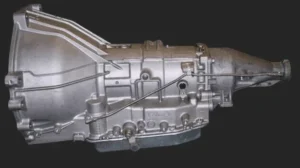
Ford Falcon Automatic Transmission Service Manual 2003
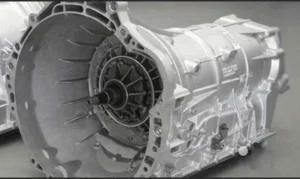
S Tronic Automatic Transmission
